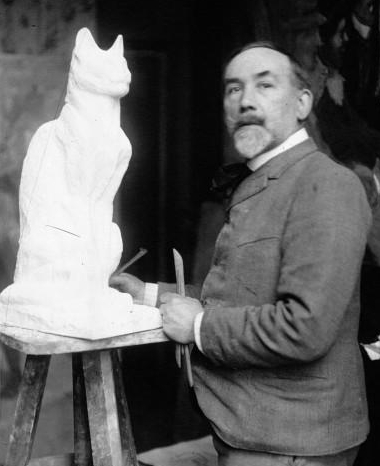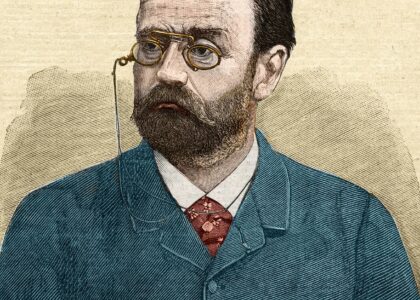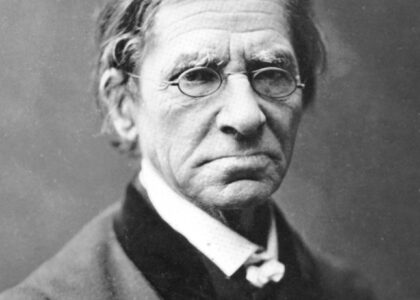Welcome to Steinlen, a place deeply intertwined with the vibrant artistic and cultural movements of late 19th and early 20th century Paris. While Steinlen itself might not refer to a specific geographic location in France, the name is synonymous with the Swiss-born French artist Théophile-Alexandre Steinlen, whose life and work were centered in the Montmartre district of Paris.
Born in Lausanne, Switzerland, in 1859, Steinlen moved to Paris in 1881, settling in the bohemian enclave of Montmartre. This district was a hotbed of artistic innovation, known for its lively cabarets, cafes, and the creative community that Steinlen quickly became a part of. His most famous work, the iconic ‘Le Chat Noir’ poster, is a perfect representation of the artistic vibrancy of Montmartre during the Belle Époque.
Montmartre was not just a backdrop for Steinlen’s work; it was also a source of inspiration. The steep, cobbled streets and bustling social life provided a rich tapestry for his art, which often depicted the lives of the working class. Steinlen was deeply involved in the socialist and anarchist movements of his time, regularly contributing his illustrations to satirical and political publications. His works, such as ‘Mobilization’ and ‘The Exodus’, reflect his deep concern for social justice and the human cost of war, especially during World War I.
Steinlen was part of a network of artists, writers, and performers who frequented Montmartre’s famous venues like Le Chat Noir, where he connected with other influential figures such as Aristide Bruant. Bruant’s provocative performances, often critiquing bourgeois society, resonated with Steinlen’s political views and became subjects of his art.
Throughout his life, Steinlen’s art was a tool for social commentary. He believed in the power of art to challenge societal norms and empower the working class. His legacy lives on in the many museums around the world where his works are displayed, including The Metropolitan Museum of Art in New York.
As you explore the story of Steinlen, imagine the vibrant, lively streets of Montmartre during the late 19th century. Picture the artists, performers, and thinkers who gathered in its cafes, each contributing to the rich cultural milieu of the time. Steinlen’s art not only adorned the walls of these establishments but also captured the spirit of an era characterized by a blend of artistic innovation and social activism.






